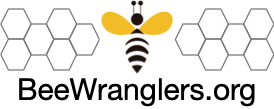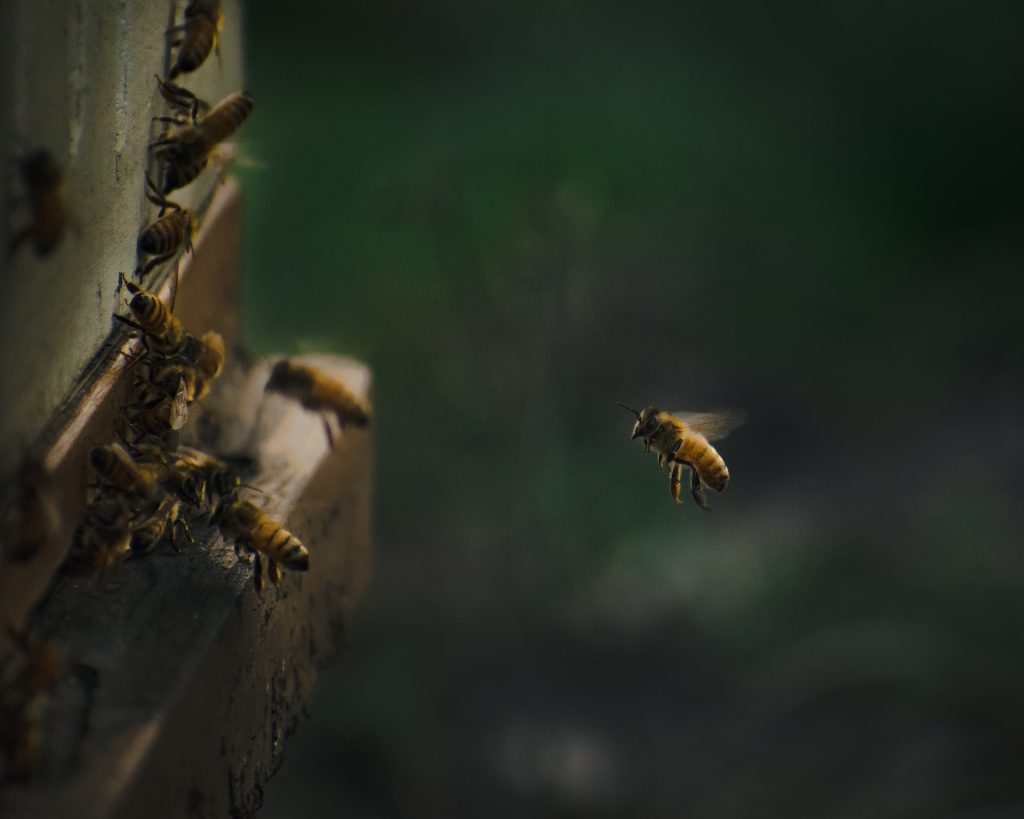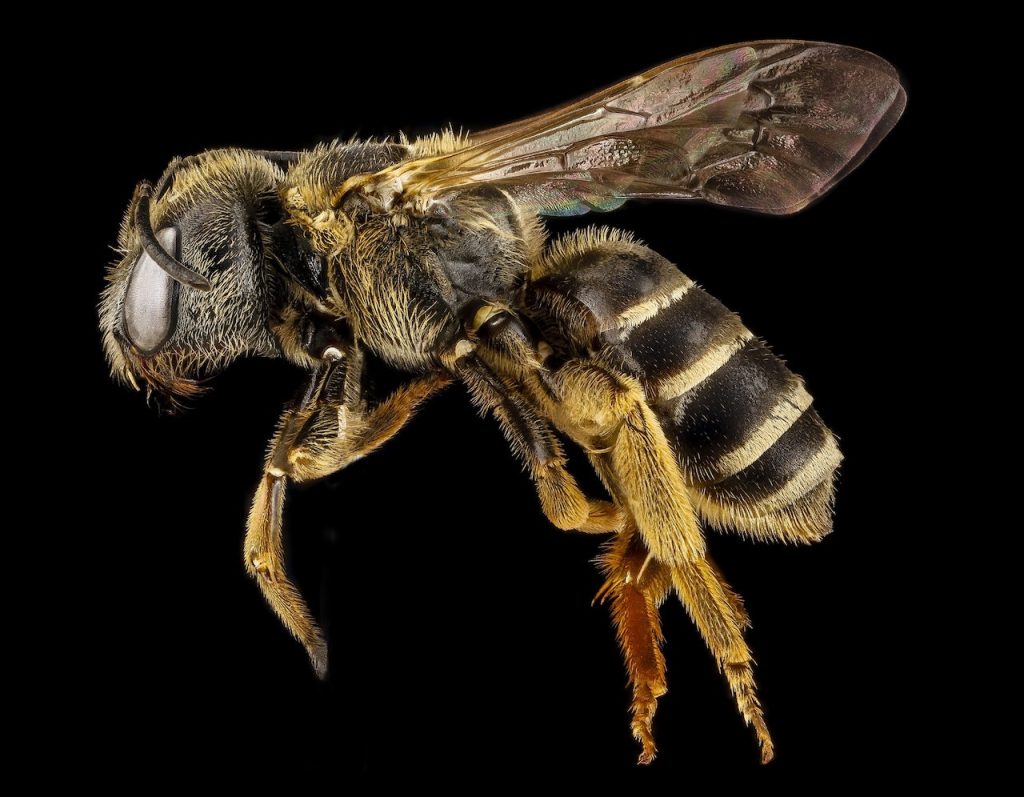Why Beeswax Wraps are a Sustainable Alternative to Plastic
Plastic is one of the most common materials used to wrap and store food. However, it is also one of the most harmful to the environment due to its non-biodegradable nature. Fortunately, there is an easy sustainable alternative to plastic – beeswax wraps. Beeswax wraps are eco-friendly, reusable, and can be made at home using simple materials and tools. In this article, we’ll take a look at the steps involved in making your own beeswax wraps for sustainable food storage.
Materials and Tools you Need to Make Your Own Beeswax Wraps
To make your own beeswax wraps, you’ll need the following materials and tools:
- Beeswax pellets or grated beeswax
- 100% cotton fabric (preferably organic)
- Pinking shears or fabric scissors
- A baking sheet or parchment paper
- A double boiler or a heatproof glass bowl and a pot
- A paintbrush or a pastry brush
You can find beeswax pellets and organic cotton fabric online or at a local craft store. Pinking shears or fabric scissors can be used to cut the fabric into the desired size and shape.
Step-by-Step Guide on How to Make Beeswax Wraps at Home
- Cut the cotton fabric into the desired size and shape using pinking shears or fabric scissors. It is recommended to cut the fabric into squares or rectangles that will fit the items you want to wrap.
- Melt the beeswax using a double boiler or a heatproof glass bowl and a pot of boiling water. Make sure the beeswax is completely melted before proceeding to the next step.
- Once the beeswax is melted, use a paintbrush or a pastry brush to spread a thin layer of beeswax all over the cotton fabric. Be sure to cover the entire surface of the fabric, including the edges.
- Place the beeswax-coated fabric on a baking sheet or parchment paper and allow it to cool and harden. This should take around 10-15 minutes.
- Once the beeswax wrap has cooled and hardened, it is ready to use. Simply wrap it around your food item and use the warmth of your hands to mold the wrap to the shape of the food.
- After use, rinse the beeswax wrap with cold water and mild soap. Hang it to dry or lay it flat on a clean surface. Avoid using hot water or harsh soap, as this can damage the beeswax coating.
Tips for Using and Caring for Your Homemade Beeswax Wraps for Sustainable Food Storage
Here are some tips to help you get the most out of your homemade beeswax wraps:
- Use the warmth of your hands to mold the wrap to the shape of the food. This will create a tight seal and keep the food fresh for longer.
- Avoid wrapping raw meat or hot food in beeswax wraps, as this can cause bacteria to grow.
- Store your beeswax wraps in a cool, dry place away from direct sunlight. This will help maintain the integrity of the beeswax coating.
- If your beeswax wrap starts to lose its stickiness, you can refresh it by melting some more beeswax and brushing it onto the fabric.
- Beeswax wraps are not suitable for the microwave or dishwasher. Hand wash them in cold water and mild soap instead.
Making your own beeswax wraps is not only a fun and easy DIY project, but it’s also a great way to reduce your environmental impact and lead a more sustainable lifestyle. By using beeswax wraps instead of plastic, you can help reduce the amount of waste that ends up in landfills and support a more eco-friendly future.
We hope you found this article helpful in learning how to make your own beeswax wraps for sustainable food storage. With these simple steps and tips, you can create reusable, eco-friendly wraps that will not only help the environment but also keep your food fresh and delicious.






